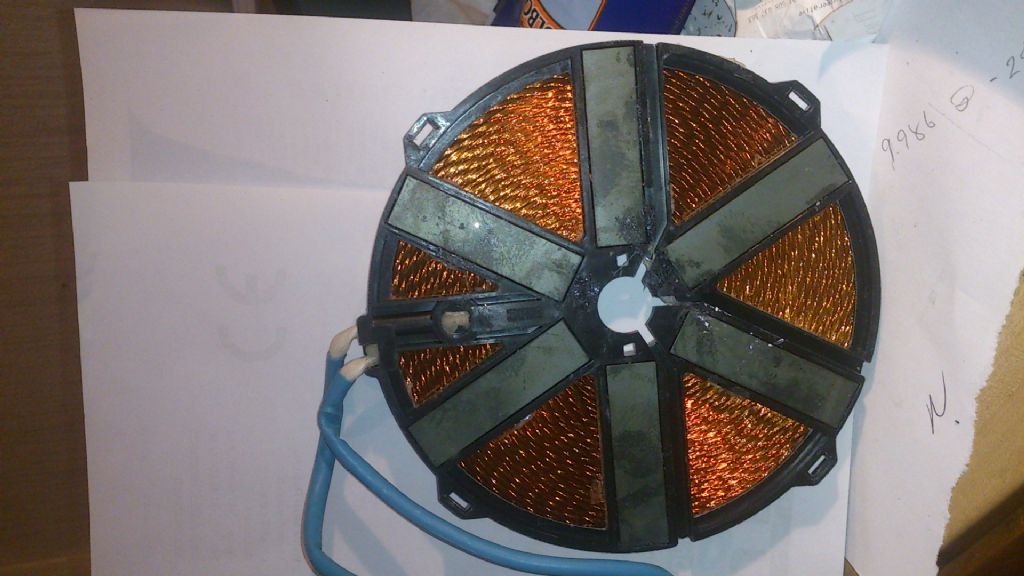I read Bazyle's post and I could not make sense of it as I was involved with a very different sort of solder bath many years ago. I then consulted Wiki to see what they had to say about "solder bath"s. They refer to it as "dip soldering", assemblies are prefluxed and dipped into a static bath of solder.
What we called the solder bath, is actually a wave soldering bath. A long bath of molten solder has rollers mounted across it, just under the solder level, when they are rotated, you get a little static wave of solder appear across it. So printed circuit boards were put on a track and slowly run down the length of the bath and the wave of solder just wiped the underneath of the board, soldering the leads to the tracks by means of surface tension,
In those days the leads were cropped in a special machine to keep the leads that poked through the board to a constant length. The big problem was that the ends of the leads were formed into a T shape. You could turn an assembled board upside down and the components would not fall out, very good!, but it was extremely difficult to remove a faulty component once soldered.
I think that induction hob has an interesting future in the workshop, The biggest problem I can see is that the power supply would not be transformer isolated so using solenoid type coils for heating steel rods to harden them, would need some form of high temperature tube to insulate the coil. Perhaps a tube of Pyrex glass?
Frank
Robin Graham.






